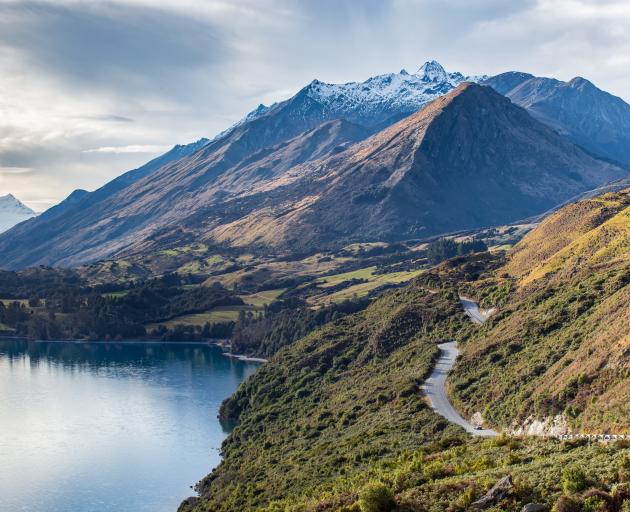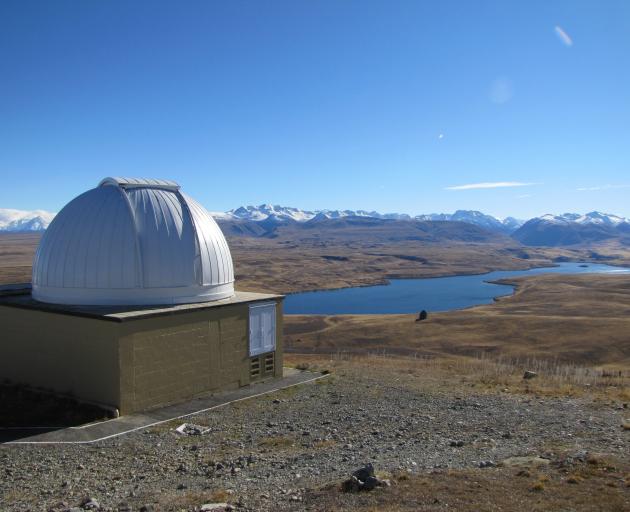
For the first time, airborne microplastics have been detected in the scenic foothills of the Southern Alps - likely to have blown from seas more than 100km away.
Measuring less than 5mm long - and made up of everything from clothing fibres to broken-down bottles -microplastics are a macro problem.
Today one of the planet’s most pervasive pollutants, they’re turning up in the planet’s cleanest waters - as well as in our rainwater, food chain and air.
One sobering study showed a staggering 74 metric tonnes of airborne microplastics - equivalent to three million bottles - were dropping out of the atmosphere and into Auckland each year.
Still, the University of Canterbury researchers behind the latest findings were startled at the volumes they observed at Mt John Observatory near Tekapo, more than 1000 metres above sea level.
There, the team set up specialised containers that collected microplastic deposits over daily and weekly periods.
On average, what they recorded over 24 hours was around six times higher than what they recorded after seven days, meaning that much of the material they were capturing was being quickly blown out again.
"It wasn’t too surprising that we’d found microplastics at this site, because we’d already found them in snow in Antarctica - but it was definitely surprising seeing the large difference between our daily and weekly rates," study co-author Associate Professor Laura Revell said.
This confirmed microplastics were widespread in our air - and in concentrations likely under-estimated by long-term sampling.

Study leader Alexandra Aves said: "The presence of airborne microplastics highlights that they are not confined to specific locations but are pervasive pollutants that can travel long distances through the air."
This raised clear implications for remote ecosystems and wildlife.
Revell said the captured plastics collected at Mt John were too large to be inhaled by people, but recent research suggested that smaller, respirable microplastics were present everywhere that larger pieces are found.
In 2019, the World Health Organisation concluded microplastics larger than 150 micrometres weren’t likely to be absorbed in the human body, but that there could be a hidden health risk with these very tiniest forms.
In just the last few weeks, scientists reported they could accumulate in cancer cells and in fatty deposits that build up in arteries, to cause heart disease and stroke.
"We’re slowly building up a bit of picture of how microplastics might impact human health," Revell said, "but I wouldn’t say we’ve arrived at a complete understanding yet".
Perhaps more of a worry for human health, she said, was the vast distances they could travel.
"You might have intuitively thought these microplastics had come from large cities in the South Island, like Christchurch, but our modelling showed the opposite," she said.
"They were either coming across the Tasman Sea, from the direction of Australia, or from the Southern Ocean, which suggests some of them are accumulating in the oceans and getting lifted into the atmosphere when waves break."
Either way, the findings pointed to a global problem outside of New Zealand’s own control - and one that posed an obvious issue for a country surrounded by sea.
In Auckland, some of the city’s most popular beaches have been shown to be polluted with microplastics at rates at least 50 times worse than reported elsewhere.
Microplastics have also been confirmed in the guts and muscle tissue of several species of fish caught in the Hauraki Gulf, where whales were estimated to be consuming around three million particles each day.
"We’re now doing some modelling to try to understand how much ‘legacy’ plastic is already in the ocean - and for how much longer this might continue to be emitted into the atmosphere," Revell said.












